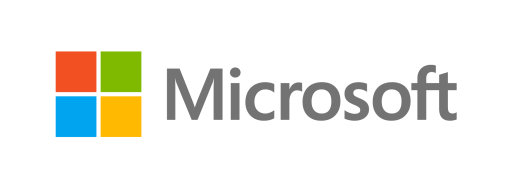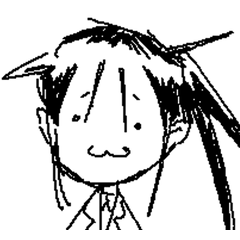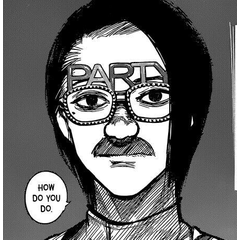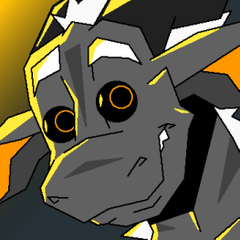

Schraffur-Texturpinsel (+Kurvenschraffur!) (Hatching Texture Brushes (+Curve Hatch!)) Hatching Texture Brushes (+Curve Hatch!)
Content ID:2075389
-
24.152
Schnelles Schlüpfen mit einem Set von:
- 7 Schraffur-Textur-Pinsel
- 2 "Tone Scraping" Tools (Linienstärke anpassen)
- 19 direkte Schraffurbürsten / Schlangen / Sprays
- 5 vertikale Schraffurpinsel
- Ein hoffentlich nützlicher Tipp zum bequemen Schraffieren mit Füllwerkzeugen
-NEU!!! 3 Kurvenschraffur-Pinsel
(Aktualisiert: 07.04.24)
Hatching made fast with a set of:
- 7 Hatch Texture Brushes
- 2 "Tone Scraping“ Tools (adjust linewidth)
- 19 Direct Hatch Brushes / Snakes / Sprays
- 5 Vertical Hatching Brushes
- A hopefully useful tip about conveniently hatching with fill tools
- NEW!!! 3 Curve Hatch Brushes
(Updated: 07.04.24)





- Ziehen Sie einfach die Textur auf eine Ebene und fügen Sie eine geschwärzte Maske hinzu (Den Namen der Texturen finden Sie in den erweiterten Werkzeugeigenschaften unter "Textur".)
- Zeichnen Sie dann auf die Maske, um die Textur wieder ^^












- Just drag the texture on a layer and add a blacked out mask (You can find the name of the textures in the advanced tool properties under „Texture“.)
- Then draw on the mask to add the texture back ^^







Schraffur-Textur-Pinsel Hatch Texture Brushes
-
Schraffur-Textur-Pinsel 1 Hatching Texture Brush 1
-
Schraffur-Textur-Pinsel 2 Hatching Texture Brush 2
-
Schraffur-Textur-Pinsel 3 Hatching Texture Brush 3
-
Schraffur-Textur-Pinsel 4 Hatching Texture Brush 4
-
Schraffur-Textur-Pinsel 5 Hatching Texture Brush 5
-
Schraffur-Textur-Pinsel 6 Hatching Texture Brush 6
-
Schraffur-Textur-Pinsel 7 Hatching Texture Brush 7
Tone Scraping Tools (Linienbreite anpassen) Tone Scraping Tools (adjust line width)
Direkte Lukenbürsten / Schlangen / Sprays Direct Hatch Brushes / Snakes / Sprays
-
Schlupfschlange 1 Hatchsnake 1
-
Schlupfschlange 2 Hatchsnake 2
-
Schlupfschlange 3 Hatchsnake 3
-
Solo-Schlupfschlange (senkrecht) Solo Hatch Snake (perpendicular)
-
Solo-Schlupfschlange (senkrecht) 2 Solo Hatch Snake (perpendicular) 2
-
Solo-Schlupf-Sprühschlange Solo Hatch Spray Snake
-
Solo-Hatch-Spray (eine Richtung) Solo Hatch Spray (one direction)
-
Solo-Schlupfspray (zufällig) Solo Hatch Spray (random)
-
Schraffurspray 1 Hatchspray 1
-
Hatchspray 2 Hatchspray 2
-
Hatchspray 3 Hatchspray 3
-
Schraffur-Wolke 1 Hatch Cloud 1
-
Schraffur-Wolke 2 Hatch Cloud 2
-
Schraffur-Wolke 3 Hatch Cloud 3
-
Schraffur-Wolke 4 Hatch Cloud 4
-
Schraffur-Wolke 5 Hatch Cloud 5
-
Schraffur-Wolke 6 Hatch Cloud 6
-
Sandwolke (schaben oder tonisieren) Sand Cloud (scraping or toning)
-
Sandrauschen (Schaben oder Tonen) Sand Noise (scraping or toning)
Vertikale Schraffurpinsel Vertical Hatch Brushes
Pinsel für Kurvenschraffuren Curve Hatch Brushes
Alte Version

















































































